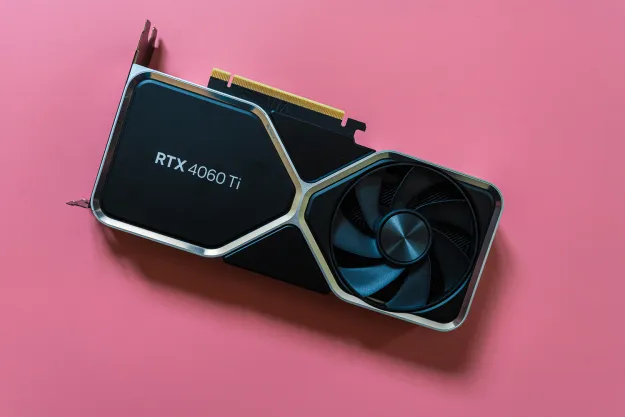It was inevitable that Nvidia’s latest video card, the GeForce RTX 3090 Ti, would generate unprecedented demand. After all, it is Team Green’s latest flagship GPU and will likely represent the final product to ever be released as part of its Ampere-based lineup before the arrival of its next-gen RTX 40-series graphics cards.
As expected, the 3090 Ti was immediately sold out upon its launch at certain retailers. As a result, the graphics cards’ aftermarket price is now reaching the $3,000 mark. You will therefore now have to pay a full $1,000 above the manufacturer’s suggested retail price (MSRP) if you want to equip your PC with the video card.

PCMag noticed that the RTX 3090 Ti, which Nvidia launched with a $1,999 price tag, is now being offered by third-party sellers on online retailer Newegg for $2,999, with some listings even reaching $3,236.
Naturally, interest for the Founders Edition of the RTX 3090 Ti will be high. However, even though it was being sold on Best Buy on Tuesday for $1,999, a reseller is offering the card for $3,849.
Ever since the GPU shortage began, eBay has been the go-to location for those interested in obtaining a video card. To this end, PCMag used its Terapeak tracking tool to confirm several sold listings of the RTX 3090 Ti (which includes custom models), and found prices ranging between $2,569 and $2,800.
Granted, that’s slightly more affordable than the other aforementioned listings on alternative market places, but it’s still a steep asking price for a graphics card, no matter how you look at it.

PCMag speculates that the inflated price points for the RTX 3090 Ti can be attributed to its cryptocurrency mining abilities — hashing tracker NiceHash confirms that the board is among the most Ethereum mining-friendly GPUs. Any crypto miner who has outfitted their setup with the RTX 3090 Ti can generate $5.25 a day, which would equate to $162.75 per month at current ETH rates.
Many products stemming from Nvidia’s popular RTX 30-series impose a cap on mining crypto. The RTX 3090 Ti, meanwhile, is exempt from any Ethereum mining limiters.
If Ethereum’s proof-of-stake concept materializes in the coming months — and all signs point toward this scenario coming to fruition in the near future — then Ethereum mining on Nvidia boards will no longer be possible. Only time will tell whether it’s worth the initial investment for miners hoping to reap the benefits.
As for the general state of the GPU market in terms of prices, we are approaching a stage where prices for video cards are finally returning to their MSRPs. Asus, meanwhile, is applying a 25% price cut for its Nvidia cards starting today.
Other custom models for Nvidia’s RTX 3090 Ti will be far more expensive than some of the aforementioned figures. For example, the starting price for the Asus RTX 3090 Ti TUF Gaming edition will cost 4,649 Canadian dollars, which would be $3,689 in U.S. regions. Another variant from Asus, the RTX 3090 Ti ROG Strix LC, will be available for 5,239.93 Canadian dollars ($4,158).
Even if you are somehow able to purchase the RTX 3090 Ti for its $2,000 MSRP, is it even worth buying? For a comprehensive breakdown of the answer, check out our recent feature outlining its drawbacks and selling points. We also put it up against its predecessor, showcasing the differences.
Editors' Recommendations
- The RTX 4090 is more popular on Steam than any AMD GPU
- RTX 4090 owners are in for some bad news
- Nvidia RTX 50-series graphics cards: news, release date, price, and more
- GPU prices are back on the rise again
- Everything you need to know about buying a GPU in 2024




